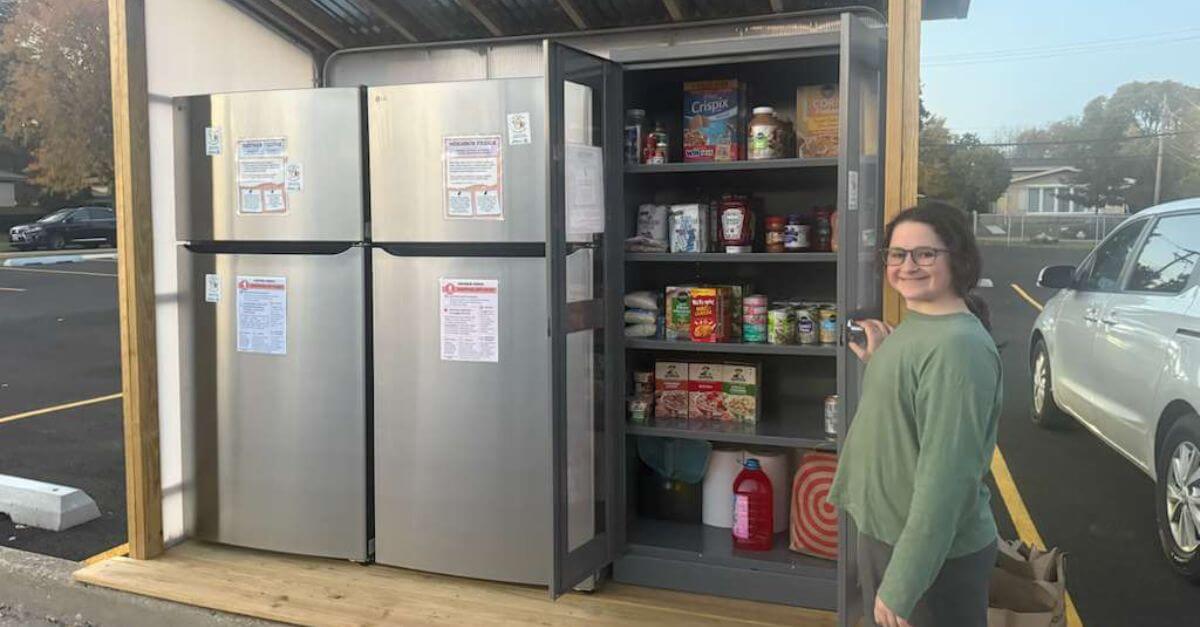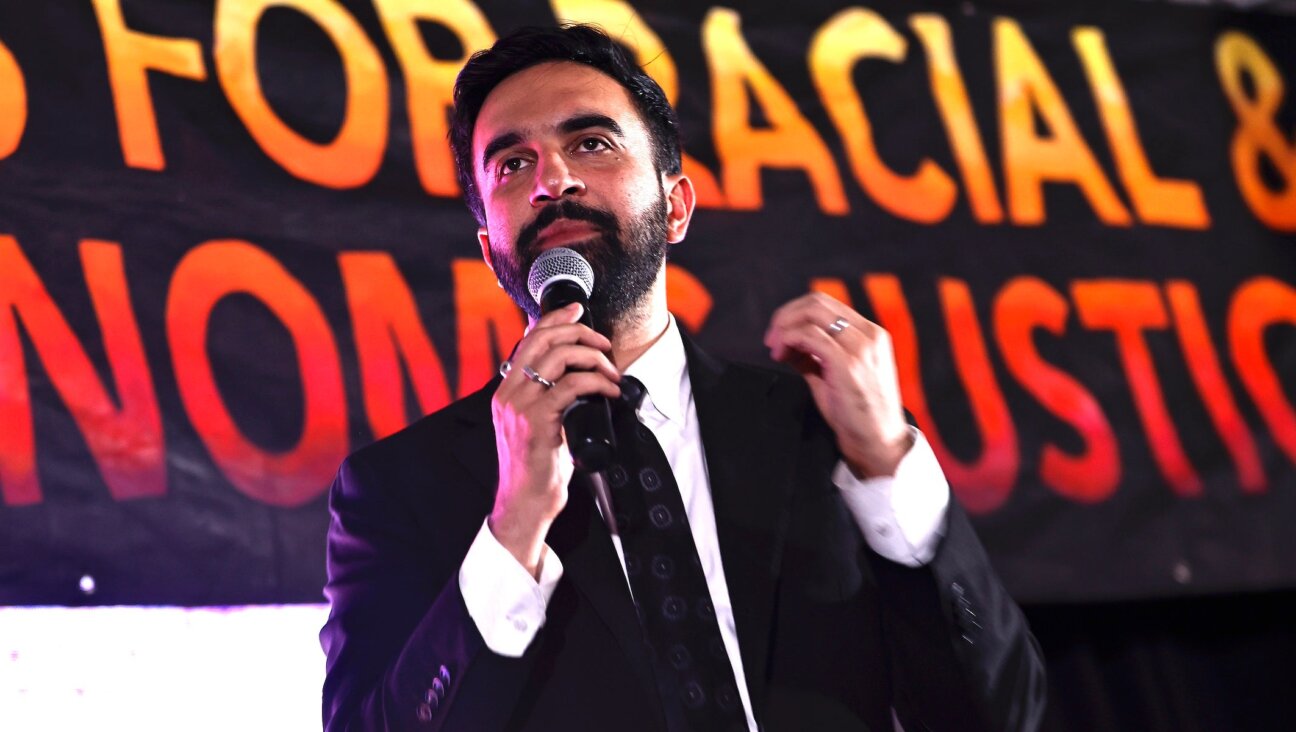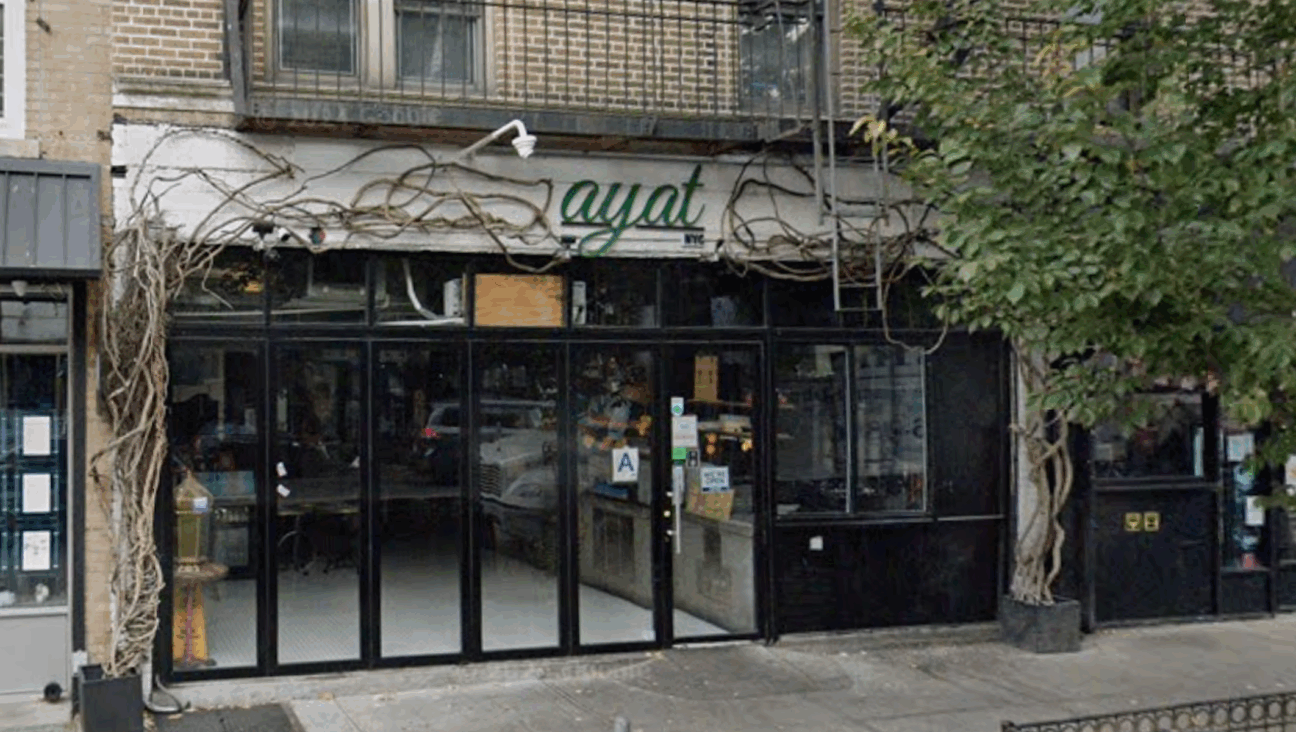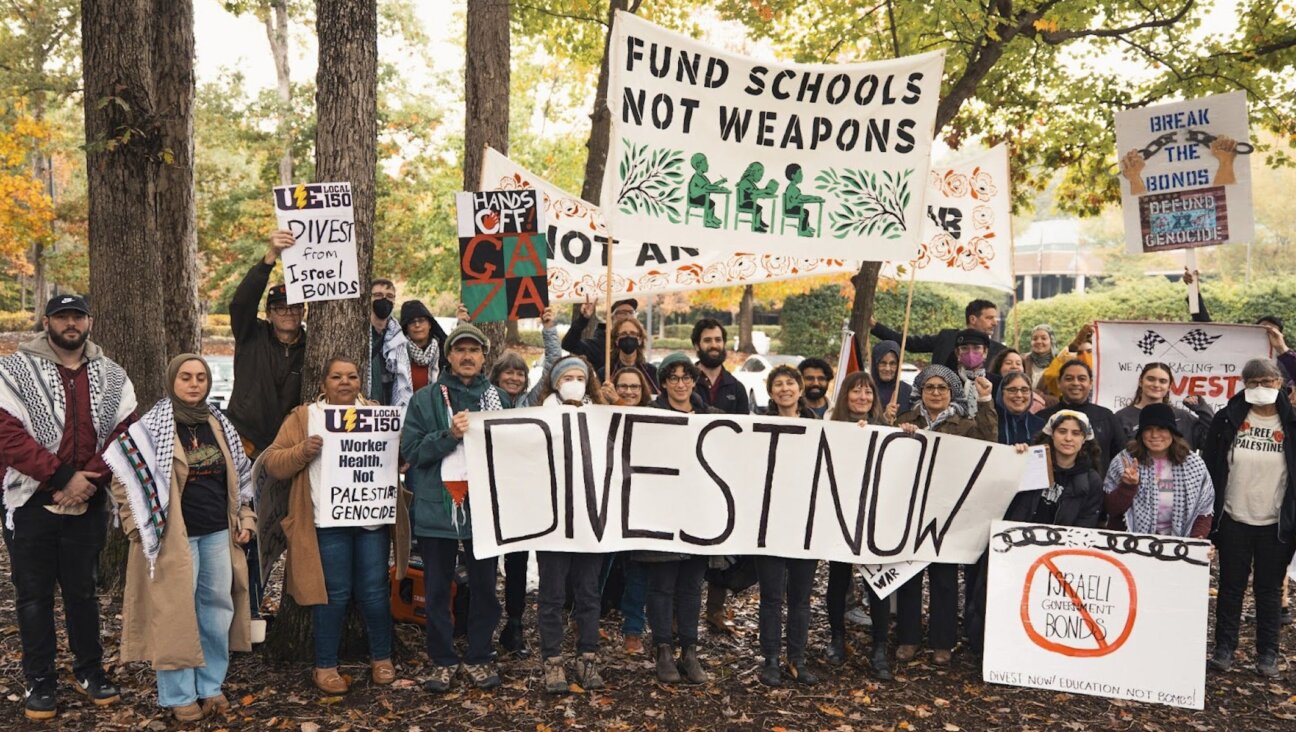Shoah Survivor Kept Memories Alive
In the early 1990s I met a Holocaust survivor, Norman Salsitz, who possessed the most amazing powers of memory I’ve ever encountered.
Learning that my mother had grown up in the same town as he had in pre-Holocaust Poland, he asked me her name. When I told him, he remembered very vividly the “royte Chana,” Chana the redhead. He recalled that she had been unlike other young women in that town’s Hasidic Jewish community: She read world literature, was modern in her outlook and curious about everything. He went on to name her eight siblings by order of birth, and most of their spouses and children. He remembered their occupations, their personalities, the particulars of their lives.
I knew a lot about my mother’s family, and I knew that Salsitz was almost unerring in his recitation. And so I had no reason to suspect that the information he recalled about other families in that town was any less accurate. The town, Kolbuszowa, in southern Poland, was home to about 2,000 Jews in a total population of about 4,000. Salsitz was only a teenager when the Germans invaded, but he already knew a lot about the townsfolk, both Jewish and non-Jewish. He carried that knowledge with him through the Holocaust and into the decades that followed.
Salsitz’s astonishing memory seemed to me, a psychiatrist, a medical miracle. But it took me a while to understand how that miracle worked. Biology explained a lot, of course; he clearly had whatever the brain has to have in order to retain information so precisely and for so long. But he also had an extraordinary talent — a penchant, even an obsession — for mobilizing, organizing and preserving information. That became very clear to me very quickly.
Soon after we met, he sent me a photo he’d taken in 1934, when he was 14. It was of a Zionist group in the town, and it was accompanied by a note in which he specified the exact date on which he took the photo, identifying my mother, her sister and their cousin. He knew the names of most of the members of that group, whose images he had recorded.
He owned one of the town’s three cameras and methodically photographed his neighbors. In 1942, most of the town’s Jews were sent to the gas chambers of Belzec, including his mother, his five sisters, and their husbands and their children. Wanting to save their images, Salsitz collected about 500 photos that he had, divided them into 40 packages and secretly hid each package in the barn of a local Catholic Pole. In the last package, he included a list of the barns in which he had hidden the earlier packages so that he would have to remember only the last one’s location. After the war, he found that package, retrieved the others, and ultimately brought them to America and published them.
What he also brought to America were stories — very precise ones — drawn from his amazing memory. There were stories about how he watched as the Germans shot his father twice before his eyes; how his father yelled, “Revenge, revenge, take revenge!” — and how they shot his father five more times until he was dead. There were stories about Salsitz’s quick-witted escapes from death in a labor camp. There were stories about Jews with whom he hid in a bunker in a Polish forest, and how some of them, including a toddler dubbed Tarzan because he ran about without clothing, were murdered and mutilated by Poles with axes. There were stories about how, during the war, he took up arms against Germans when he could and defended himself against non-Jewish Poles who sought to kill him. And there were stories about how, after the war, he pretended to be a Catholic and managed to become a high-ranking Polish officer, using his position to save Jews who had managed to survive in hiding. He told each story in precise detail in a series of books: He wrote “Against All Odds: A Tale of Two Survivors” with his late wife, Amalie Petranker Salsitz, who had survived the Holocaust by posing as a Catholic Pole; he also penned “A Jewish Boyhood in Poland: Remembering Kolbuszowa,” and “Three Homelands: Memories of a Jewish Life in Poland, Israel, and America.” Each book and each story was the product of a memory made possible by an extraordinary brain harnessed to an organized, focused, driven and forceful personality.
During each of the past seven years, Salsitz took the train down from his home in New Jersey to tell those stories to students in a course on Holocaust memory that I teach at George Washington University. He was scheduled to come again this semester. But he died two weeks before he could. The class and I watched, instead, a documentary film of a trip he recently took, his first in 60 years, back to Poland. It, too, was a story.
Walter Reich is Yitzhak Rabin memorial professor of international affairs, ethics and human behavior at George Washington University. From 1995 to 1998, he was the director of the United States Holocaust Memorial Museum.














